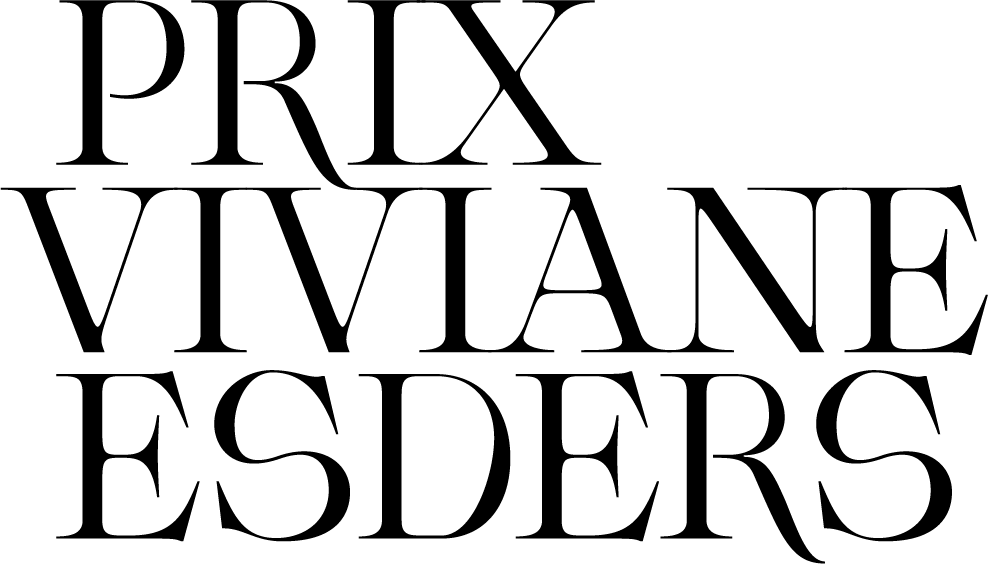“For John Batho, a photograph is like an essence, a question of emphasis or, on the contrary, of opportunity, a perpetual and inexhaustible search.”
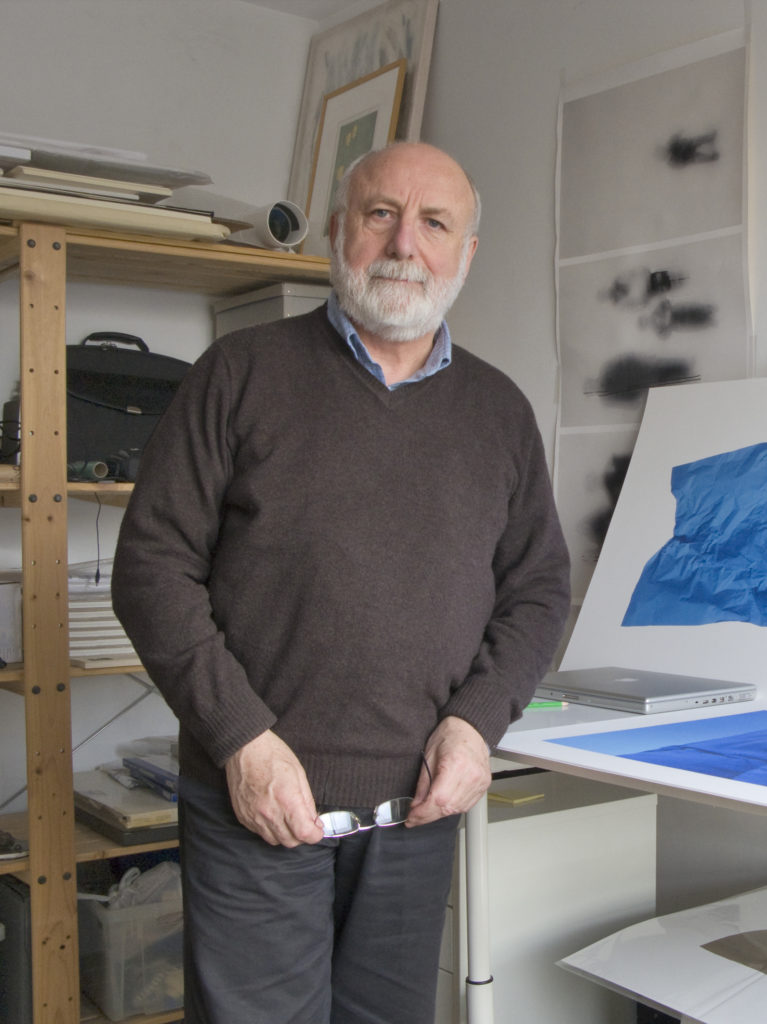
The unconventional and unique photographer, John Batho has, since the 1960s, been constantly testing photography in terms of colour, black and white, form and material.
When he began, the medium’s status as a work of art was in its infancy and, for those who recognized it, inevitably in black and white. “I was determined to embark on an adventure with photography and I wanted to remain free, without the constraints of a commission.”
Bucking the trend, he chose colour to challenge himself and as a commitment. John Batho has never sought to depict reality but to show it differently, whether he photographs parasols (1977-1989), merry-go-rounds (1980-1982) or crumpled paper (1987-1990). He experiments, whether at the time of shooting – through framing and light – or at the stage of reproduction, through the choice of printing processes – Fresson and Cibachrome prints, then digital prints from the 1990s. However mundane his subjects and minimalist his compositions, beneath his gaze, everyday life becomes beautiful and stirs emotion. “I try to open our eyes to what has not been sufficiently seen.”
With the series Présents et absents (1998), he switches to black and white to explore another facet of the medium, the passage of time, through the themes of elimination and disappearance – and to portray humans on the scale of humankind.
For John Batho, a photograph is like an essence, a question of emphasis or, on the contrary, of opportunity, a perpetual and inexhaustible search.
Sophie Bernard
Show BiographyBorn in Beuzeville, France, in 1939.
John Batho began photographing in 1961. At a time when black and white photography prevailed, he focussed his research on colour photography.
Aware that colour is the basis of the emotion at the origin of any image, John Batho aims to offer a strong visual experience through his photographs. Inclined to be transported by the unexpected during the shooting, there is no question of leaving the “materialization” of the work to chance.
From the very beginning of his photographic practice, John Batho has placed great emphasis on the print. Initially attracted to the Fresson printing process and Cibachrome, the digital procesś finally convinced him at the turn of the 1990s, allowing him to master the entire process of creating the image. “With digital photography, the style of executing the visual fact has been clarified, extended. The range of expressions has considerably opened up for colour photography”, explains John Batho.
From 1996 onwards, John Batho experimented with the potential of digital technologies. In 2001, he equipped himself to shoot and produce his prints in colour, then in black and white. The precision of digital technology allows him to perfect his work and assert his signature style.
In 1977 he won the Kodak Prize and was represented by the Zabriskie Gallery in Paris and New York. He went on to display his work in numerous exhibitions, in France and abroad, in private galleries and institutions, notably at the Bibliothèque nationale de France in 2009.
In parallel with his artistic production, John Batho taught as lecturer at the University of Paris VIII, from 1983 to 1990, then professor at the Écoles Nationales Supérieures d’Art, until 2001.
His works are in various public and private collections, in France and abroad.
Portfolio
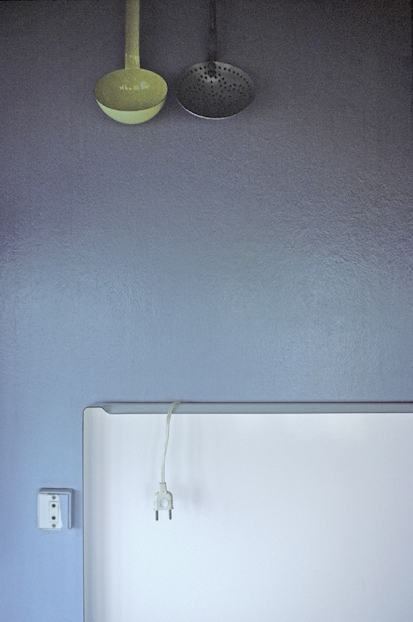
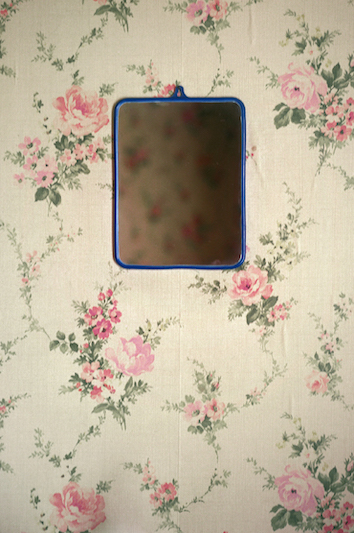
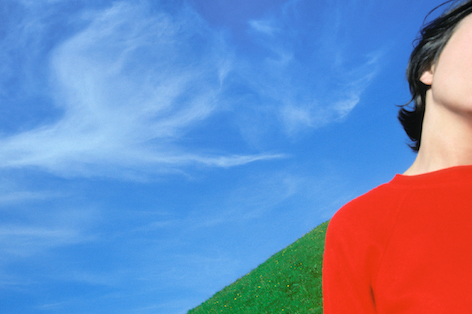
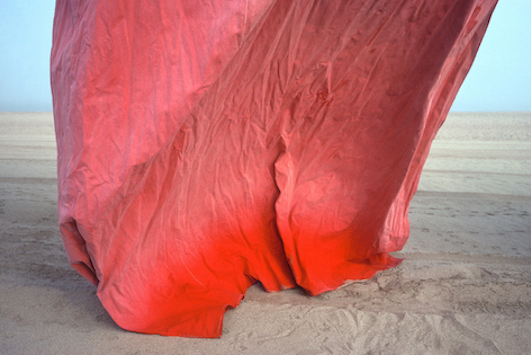
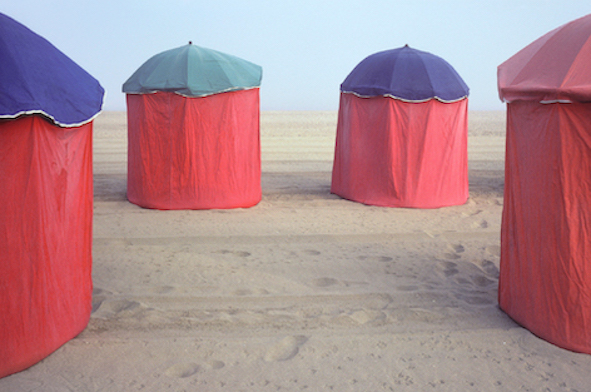
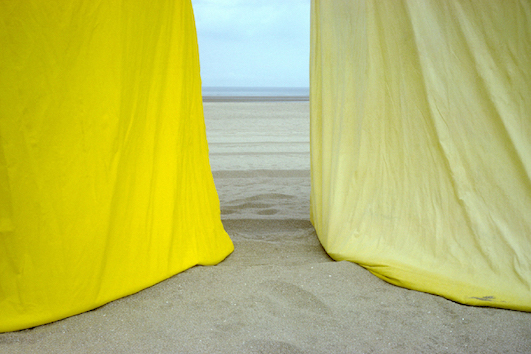
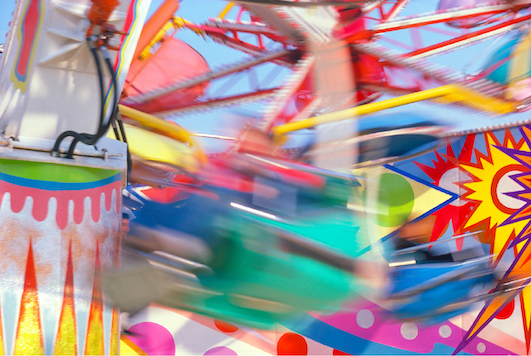
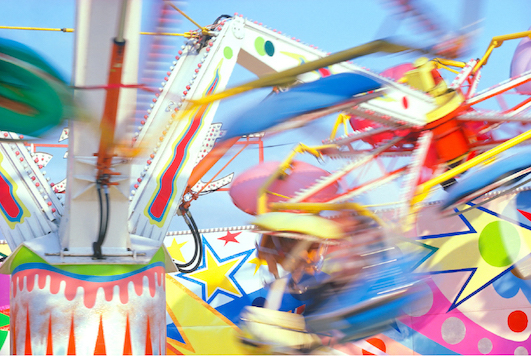
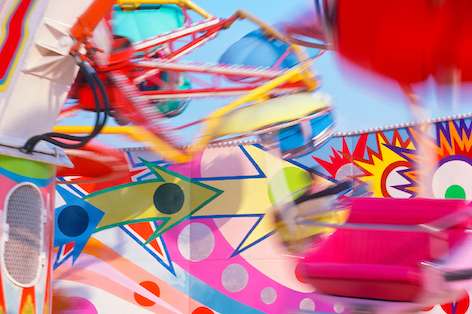
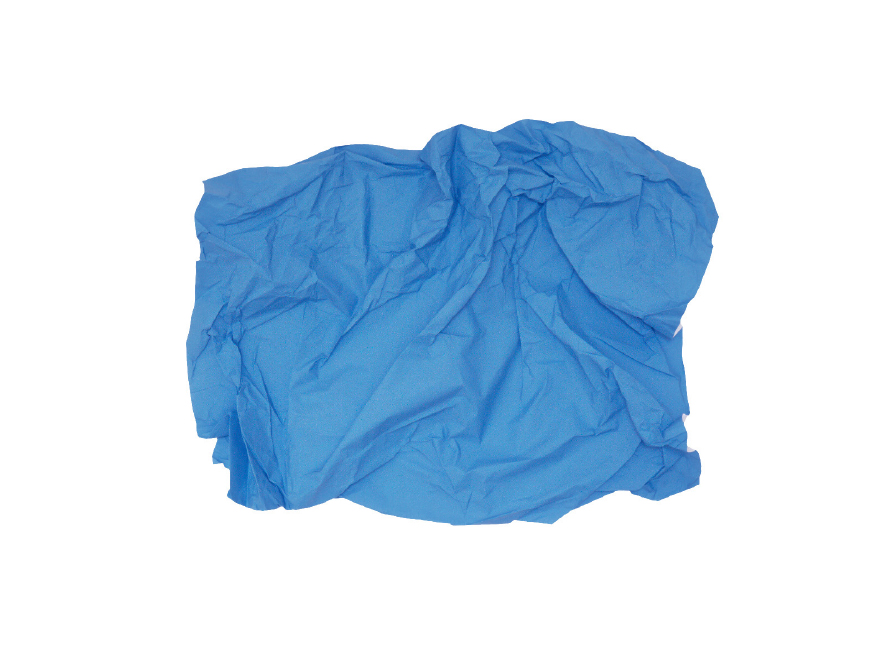
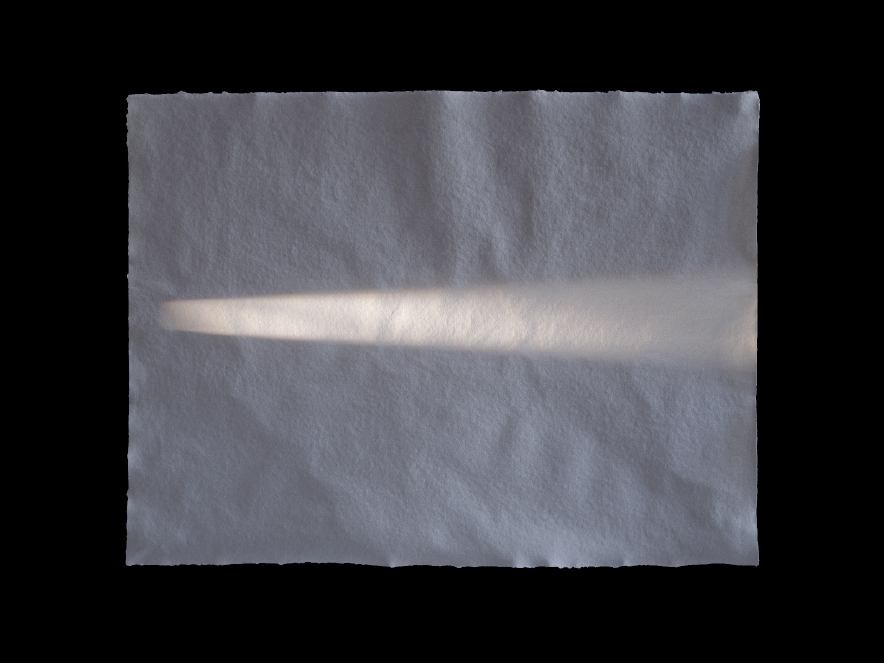

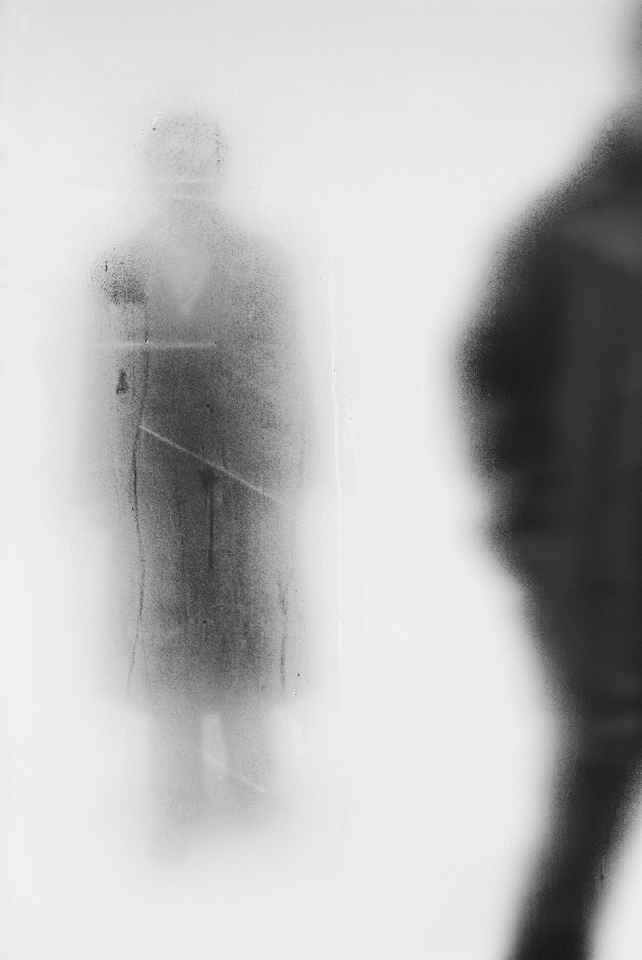
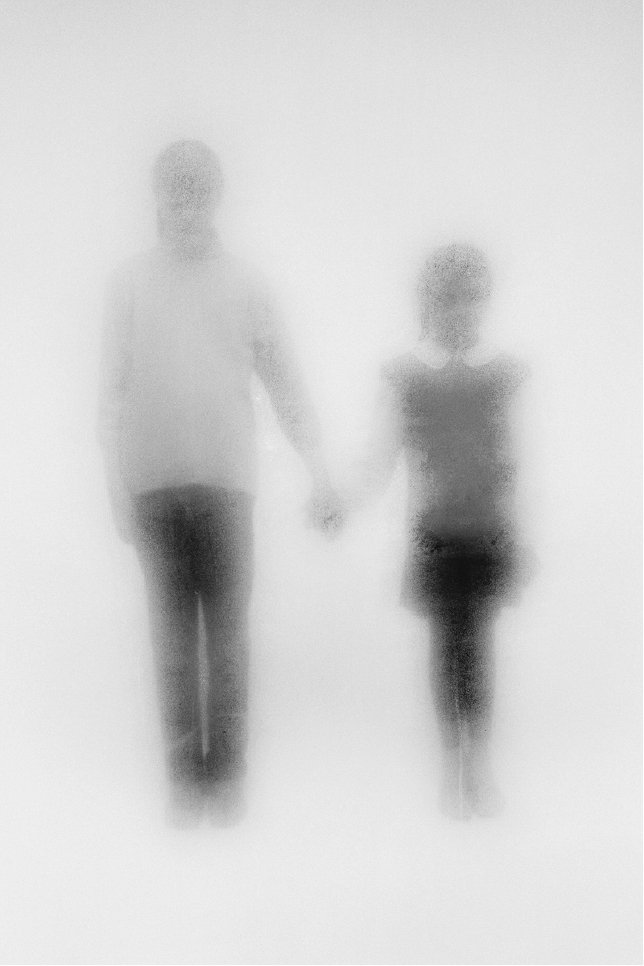
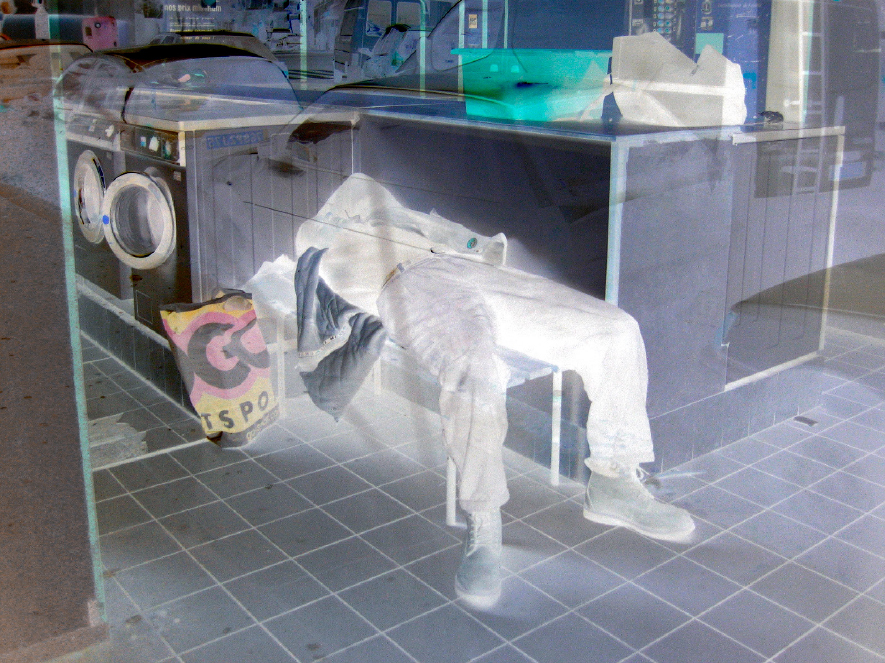
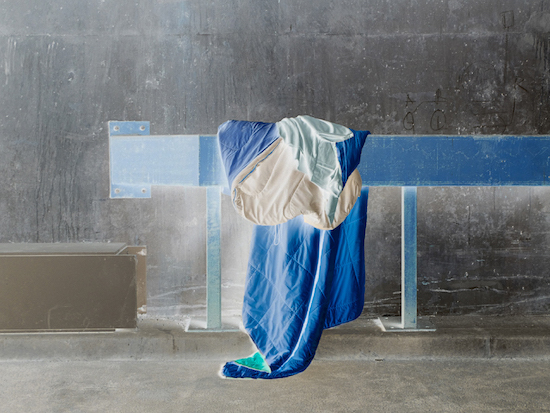

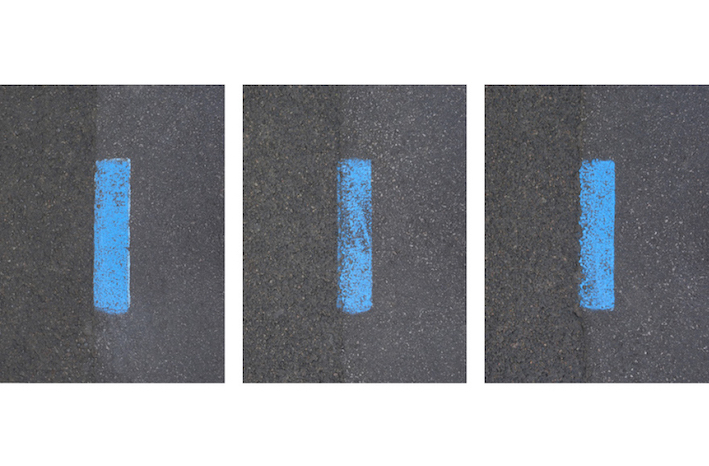
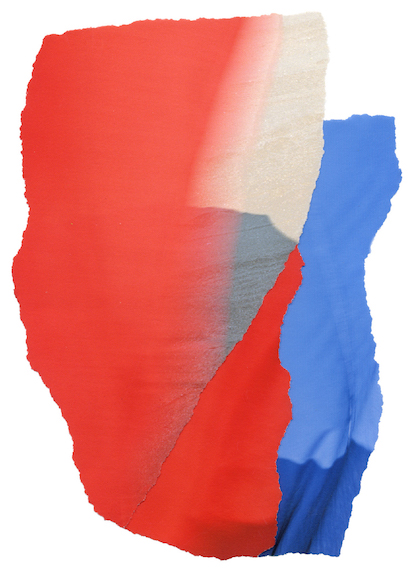

SITE :
www.johnbatho.com
